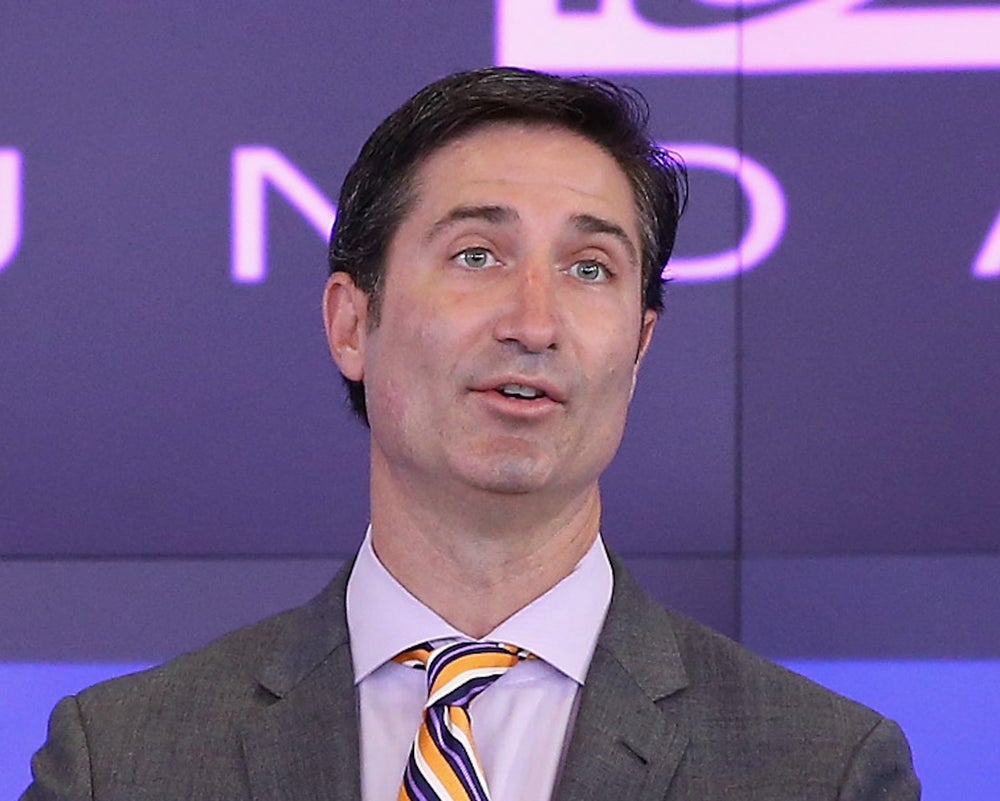AI Won’t Replace Marketers — But It Will Replace Lazy Ones Unless You Learn to Use It Strategically
Opinions expressed by Entrepreneur contributors are their own.
Let’s get one thing straight: AI is not your next CMO. It’s not your marketing strategist, creative director or content lead. At best? It’s an intern. Fast, capable, eager to please — but absolutely in need of guidance. The problem is, too many marketers are tossing vague prompts into ChatGPT, crossing their fingers, and hoping for brilliance. When the output reads like a warmed-over blog from 2017, they blame the tool.
AI isn’t the problem. Your expectations are.
If you want to stop wasting time on generic AI content and start using these tools to produce real results, this article will show you how to take control, give better direction and turn AI into a true force multiplier.
Related: AI for the Underdog — Here’s How Small Businesses Can Thrive With Artificial Intelligence
AI isn’t autopilot — it’s an amplifier
We’re drowning in AI hype. Tools like ChatGPT promise to reinvent marketing workflows — but too often, marketers approach them like vending machines. Insert a prompt, collect “strategy.” That’s not how this works.
Generative AI is an amplifier. It scales what you give it. Weak input? You get weak output. Ask it to build a Facebook campaign without audience insight, brand guidelines, or a goal, and it will gladly hand you the same template it served a health tech company five minutes earlier.
AI doesn’t think. It predicts. And that means it will always serve you the average — unless you guide it to something better.
Treat AI like the intern it is
If you hired a marketing intern and asked them to develop a six-month editorial strategy with zero context, you wouldn’t expect brilliance. You’d expect flailing. Confusion. Buzzword soup.
AI is the same. It doesn’t need less instruction — it needs more.
Start every prompt with precision:
- Who are you speaking to?
- What are you trying to achieve?
- What’s the tone, structure, and voice?
- What should it avoid?
“Write a blog post about dog nutrition” is a shrug. “Write a 700-word blog post for millennial pet parents who care about clean ingredients, backed by 2024 data, using an informative, science-forward tone” is a brief. The difference is night and day.
Feedback isn’t optional — it’s how you train the tool
AI doesn’t learn like we do. It doesn’t internalize your brand after one good result. You have to teach it repetitively and with intention.
When I’m using AI for content development, the first draft is never the final. I review it like I would a junior team member’s work: highlight weak phrasing, call out clichés, remove filler and refine tone. Then I adjust the prompt and rerun it.
The first draft might be 60% there. The second? Closer. By the third, it starts sounding like us.
This isn’t overkill. It’s the job. And the time it saves on the back end more than makes up for the up-front coaching.
Stack your tools like your tech
One tool won’t cut it. ChatGPT is great for drafting, but weak for real-time data sourcing. For stats or current events, I turn to Perplexity or Gemini. For creative visuals, I reach for Midjourney or Canva’s AI suite. Jasper helps when I need quick templates or structural support.
Think of it like your tech stack: you don’t use your CRM for email automation or your analytics platform for design. Each AI tool has its strengths. Learn them, stack them and stop expecting one tool to do the work of five.
AI won’t replace marketers — it exposes lazy ones
Here’s the hard truth: AI won’t eliminate marketers. It will reveal the ones who’ve been phoning it in.
If your strategy is “publish to publish,” if your content reads like a generic checklist, if you’re still clinging to SEO tricks from 2019, AI will beat you. Not because it’s brilliant, but because it’s fast and average, and average is all you’ve been delivering.
The marketers who thrive with AI are the ones who still lead. They think, challenge, shape and coach. AI is their accelerator, not their replacement.
The real edge isn’t speed. It’s judgment
At my agency, we use AI daily to accelerate brainstorms, tighten positioning and scale content production. But every result still runs through human hands. Strategy, empathy, intuition — that’s still us.
Because AI doesn’t feel. It doesn’t understand cultural nuance or read between the lines of a buyer’s hesitation. It can’t see what’s not in the data. That’s your job.
So no, don’t hand your marketing strategy to AI. But do hire it as your hardest-working intern. Train it. Push it. Give it guardrails and goals. Because when used right, AI can supercharge what you do best. But only if you’re still in the driver’s seat.
Let’s get one thing straight: AI is not your next CMO. It’s not your marketing strategist, creative director or content lead. At best? It’s an intern. Fast, capable, eager to please — but absolutely in need of guidance. The problem is, too many marketers are tossing vague prompts into ChatGPT, crossing their fingers, and hoping for brilliance. When the output reads like a warmed-over blog from 2017, they blame the tool.
AI isn’t the problem. Your expectations are.
If you want to stop wasting time on generic AI content and start using these tools to produce real results, this article will show you how to take control, give better direction and turn AI into a true force multiplier.
The rest of this article is locked.
Join Entrepreneur+ today for access.



 Microsoft CEO Satya Nadella. Photo by Stephen Brashear/Getty Images
Microsoft CEO Satya Nadella. Photo by Stephen Brashear/Getty Images
 Meta CEO Mark Zuckerberg. Photo by Steve Granitz/FilmMagic
Meta CEO Mark Zuckerberg. Photo by Steve Granitz/FilmMagic
 Nvidia co-founder and CEO Jensen Huang. Photo by Johannes Neudecker/picture alliance via Getty Images
Nvidia co-founder and CEO Jensen Huang. Photo by Johannes Neudecker/picture alliance via Getty Images





 Starbucks CEO Brian Niccol. Photo by Robin Marchant/Getty Images
Starbucks CEO Brian Niccol. Photo by Robin Marchant/Getty Images